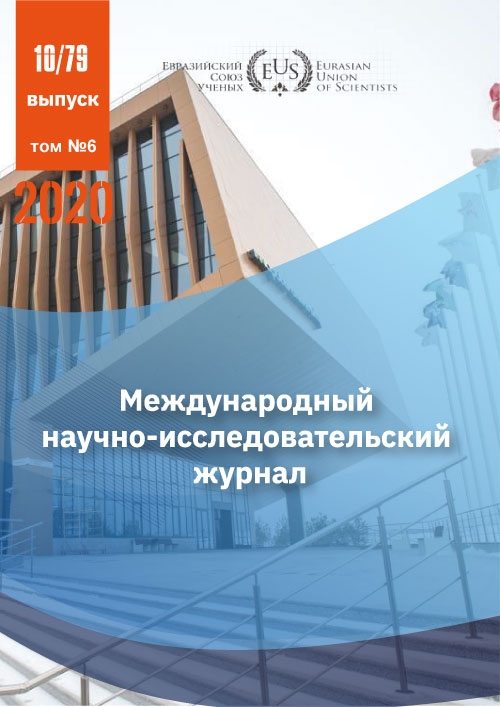DEVELOPMENT AND INFLUENCE OF VIRTUAL REALITY ON ARCHITECTURAL THE WORKING PROCESS
Abstract
Virtual reality (VR) has been recognized and implemented in the civil engineering community (CEET) as well as education in recent years for the benefits of creating an engaging and immersive environment. It has been established that the virtual reality technologies adopted for CEET, over time, predominantly outstrip the capabilities of virtual reality from programs for viewing through computers and laptops. Immersive VR and 3D game-based virtual reality pre-design with building information modeling (BIM) support. A related technology, augmented reality (AR), has also emerged in recent years for implementation in CEET. These technologies have been applied in architecture and design visualization, building health and safety training, equipment and operational training, and structural analysis. Directions for future research were also presented, including the integration of virtual reality with evolving educational paradigms and visualization technologies. The findings are useful for both researchers and educators, as they can effectively integrate virtual reality into their educational and training programs to improve learning efficiency. Recent advances in computer interface and hardware power have resulted in augmented reality (AR) prototypes for a variety of architectural and design applications. More intuitive visualization platforms are needed to make effective use of digital information in the architecture and design industries. As a promising imaging platform to meet this need, this document introduces the concept and related AR technologies, and provides an overview of existing architecture and design applications. Another purpose of the document is to discuss how the identified key technical issues can potentially be solved in the context of application architecture and design.
References
Biocca, F.: 1992, Communication within virtual reality: Creating a space for research, Journal of Communication, 42(4), 5-22.
Bylinsky, G.: 1991, The marvels of "Virtual Reality," Fortune International, 123(12), 96.
Visual Experience Automatic Virtual Environment. Communications of the ACM, 35:6, 6472.
CC BY-ND
A work licensed in this way allows the following:
1. The freedom to use and perform the work: The licensee must be allowed to make any use, private or public, of the work.
2. The freedom to study the work and apply the information: The licensee must be allowed to examine the work and to use the knowledge gained from the work in any way. The license may not, for example, restrict "reverse engineering."
2. The freedom to redistribute copies: Copies may be sold, swapped or given away for free, in the same form as the original.







